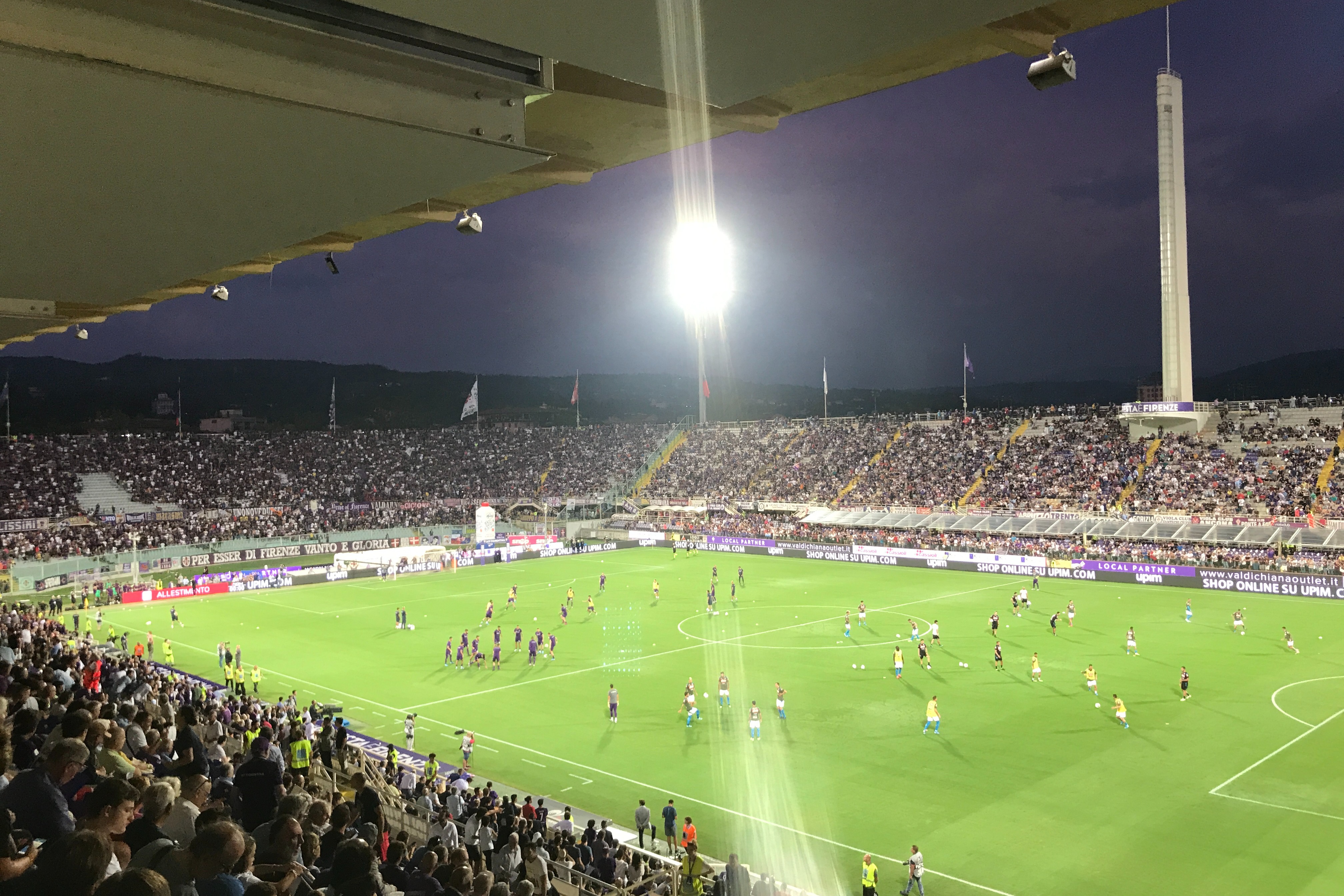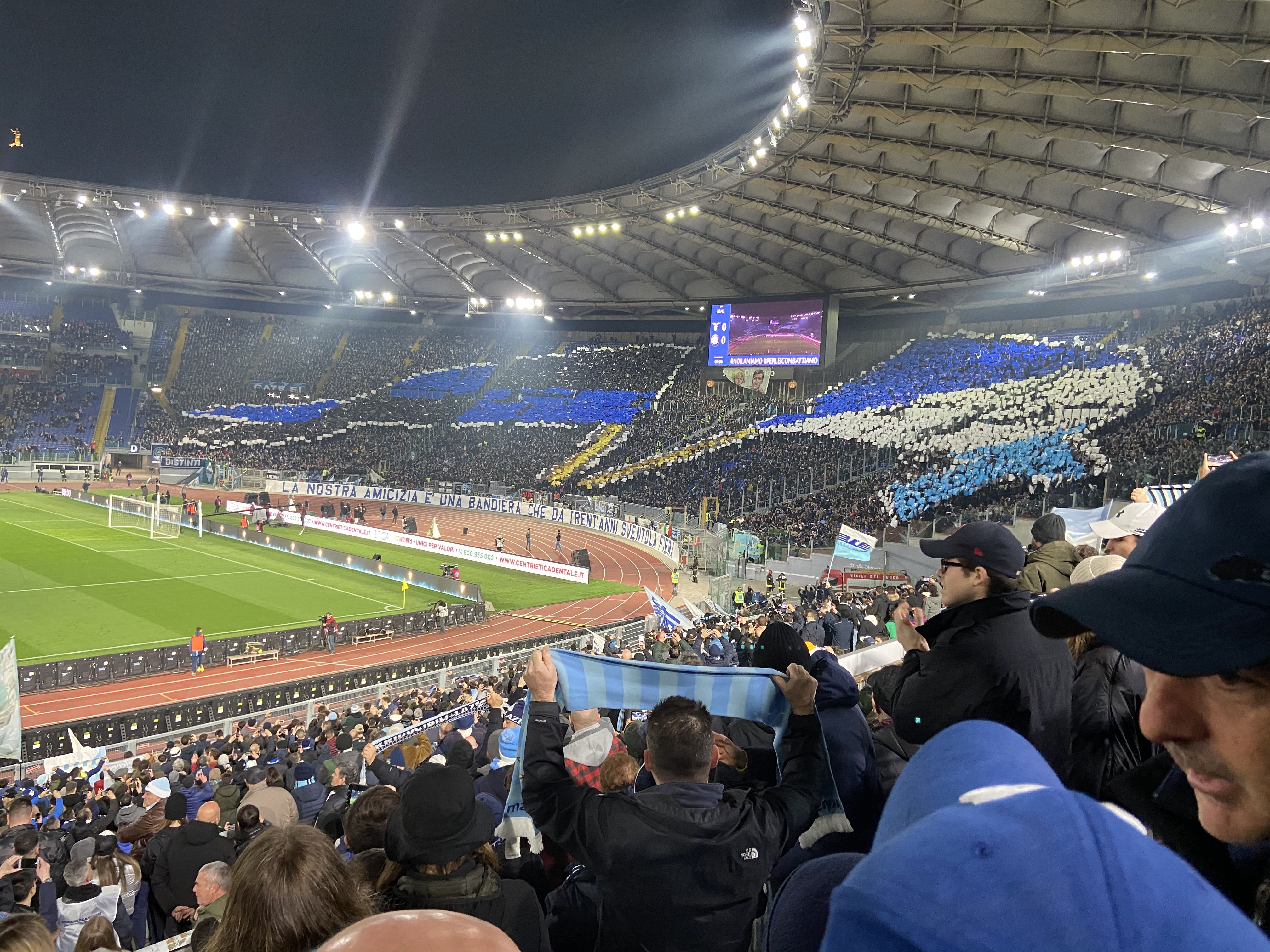
Curator’s statement
Calcio is not only the Italian word for football — it is also something as uniquely Italian as pizza, espresso and Prada. In Italy, calcio is more than just 22 people kicking a ball on a pitch. The best way to truly understand all the idiosyncrasies of Italian culture and the passion of its people is by diving deep into their cultural obsessions. Nothing brings the country together, divides it and provides historical context better than the national pastime. This alternative guide to Italy will take you through some cultural landmarks that you may have never considered before!
The Fora Difference
Book with Nicola to access exclusive perks and experiences on your trip.
Killer perks
Free upgrades, spa credits and more—we got you
Personalized recs
Customized travel planning for your style
Insider knowledge
Expert advice from people who’ve actually been there
Where to stay in Italy
Unlock perks by contacting Nicola to book your trip.
Things to do in Italy

San Siro (Milano)
Milano may be Italy’s second-largest city, but it is its footballing capital. AC Milan and their bitter rivals, FC Internazionale, share one of the largest stadiums in Europe and have amassed a combined total of nearly 100 domestic and international titles.
Coming into San Siro, you may as well have just gotten out of a time-traveling DeLorean and been catapulted back to the early '90s. La Scala del Calcio is as iconic as it is decadent, as hipster as it is brutalist. I have been coming to San Siro for over 20 years now and can say very little has changed. From the outside, when the lights are off, it is eerily reminiscent of an overground concrete car park with a semblance of a raggedy roof on top. The four cylindrical towers on each corner of the stadium barely hold up the third tier — built for the World Cup in 1990 — any longer. There are no VIP boxes, the gentlemen’s toilets are still mostly a hole in the ground and, in what is probably the biggest affront to Italian culture, the food on the premises is atrocious. (One has to eat sandwiches from the concessions outside the stadium before entering.) It remains, however, one of the best places to watch a European night of football. The atmosphere when this stadium is full to the brim is electric. Phone reception cuts out, the coordinated fan-led choreography is unmatched, the acoustics are deafening and there is not an obstructed view in the house — although even the best of hawks could struggle to make out which player is which from the top of the towering third ring.
Museum at Casa Milan (Milano)
Built in 2014 to house the many European cups, golden balls and memorabilia of Italy's most internationally successful team, this is a must for any soccer nerd!
Stadio Artemio Franchi (Firenze)
Folkloristic. Where everybody knows your name. ACF Fiorentina, the club who play in this stadium, have not won much but they are one of the proudest fanbases in the country. The stadium sits on the outskirts of town overlooking the picturesque Tuscan hills. The food is local, the jokes are too and the football can (sometimes) be quite spectacular. They may lose, but you will leave feeling part of the Fiorentina family and probably have bought yourself one of their iconic purple jerseys. Fun fact: every Italian passport has a picture of this stadium in it due to its apparent architectural importance. Oh, and in 1954, the crowd stopped in silence in the middle of a match because of an apparent UFO sighting.
Coverciano (Firenze)
The Italian national team's training ground is located in Firenze. The facilities are state of the art, but the real treats for students of the game are the museum and the national coaching academy.
Stadio Olimpico (Rome)
Romans, like Florentines, do not win much but they are football-mad. There are more than 20 local radio stations dedicated just to debating the results of the Roman-based sides. Although the Stadio Olimpico is much-maligned due to the pitch-side athletics track, it remains culturally relevant when it comes to calcio. Roma and Lazio share the stadium in one of the most-heated derbies in Europe. If you happen to be in town during such a showdown, it is a must-watch! Otherwise, get tickets to any Roma match, arrive early and stay late for a goosebump-inducing atmosphere.
Other iconic stadiums worth a visit:
Stadio Diego Armando Maradona (Napoli) for southern Italian flavor, Juventus Stadium (Torino) for something modern that is more akin to a US or UK match-going experience, Stadio Pier Luigi Penzo (Venice) for breathtaking views of the lagoon.
Places to eat & drink in Italy

Milano
Novecento: A post-match institution where you are likely to run into a few players while you munch on your margherita or twirl your spaghetti. I once met the legendary captain of AC Milan, Paolo Maldini, here as a kid but have since lost the picture that my brother and I took with him.
Other great Milano spots frequented by locals: Ristorante Bianca for fish lovers, Fradiavolo Pizzeria and Nosh for all your gelato needs after dinner.
Firenze
Caffè Cibrèo: Whether for lunch or dinner, no trip to Firenze actually counts without a meal at Caffe Cibreo. This is considered an institution by the local Fiorentini and is now in its second generation of family ownership after being founded by the legendary Chef Fabio Picchi. They have evolved to own a full square of various restaurants, but for me the old-school Caffe Cibreo is the best. Make sure to stop by their new food shop as well — around the corner — for some savory souvenirs to take home.
Other Firenze haunts: Vini e Vecchi Sapori, Atelier de' Nerli and Gelateria La Strega Nocciola.
Rome
What to read & watch before embarking on your footballing adventure in Italy
Book: The Miracle of Castel di Sangro
A tale of passion and folly in the heart of Italy by Joe McGinniss. Master storyteller Joe McGinniss travels to Italy to cover the unlikely success of a ragtag minor league soccer team — and delivers a brilliant and utterly unforgettable story of life in an off-the-beaten-track Italian village.
Film: Diego Maradona (2019)
Constructed from over 500 hours of never-before-seen footage, this documentary centers on the career of celebrated football player Diego Maradona, who played for S.S.C. Napoli in the 1980s.

Travel Advisor
Nicola Volpi

Get in touch with Nicola
Did you like this guide? Reach out to customize and book your own experience. Or, just to chat about travel in general.
You can normally expect a response from Nicola within a business day or so. You’ll also be subscribed to our travel newsletter (you can unsubscribe at any time).
Looking for more travel inspiration? Check out my guide, A Luxurious Sicilian Honeymoon.
This guide is part of our ongoing series on travel to Italy.